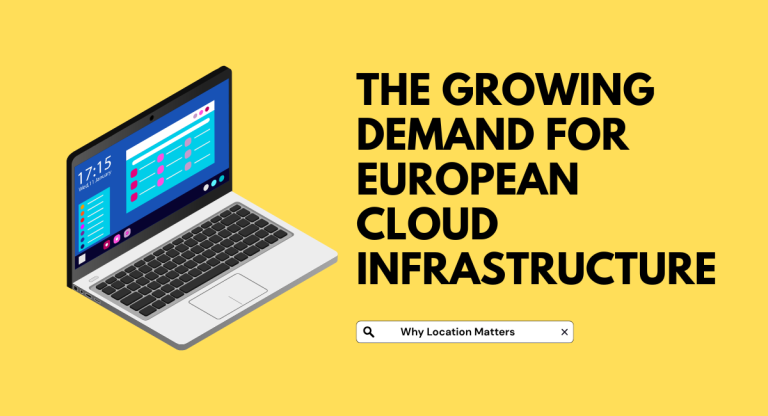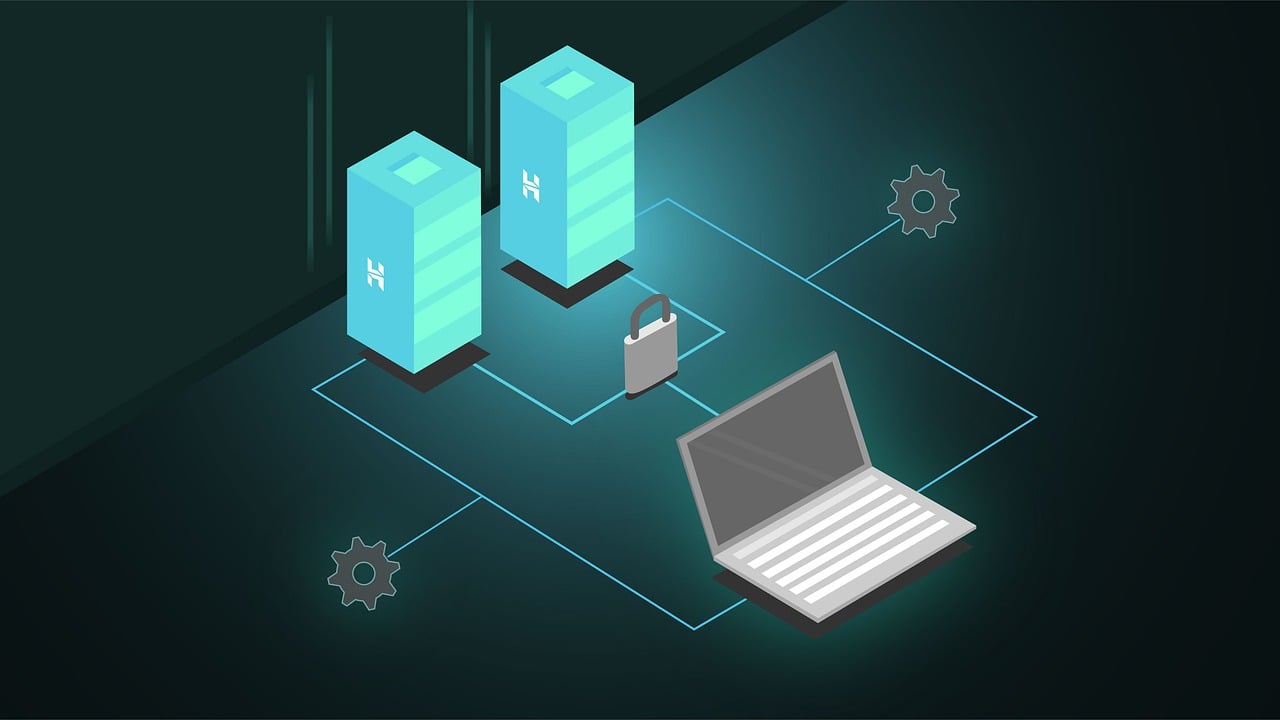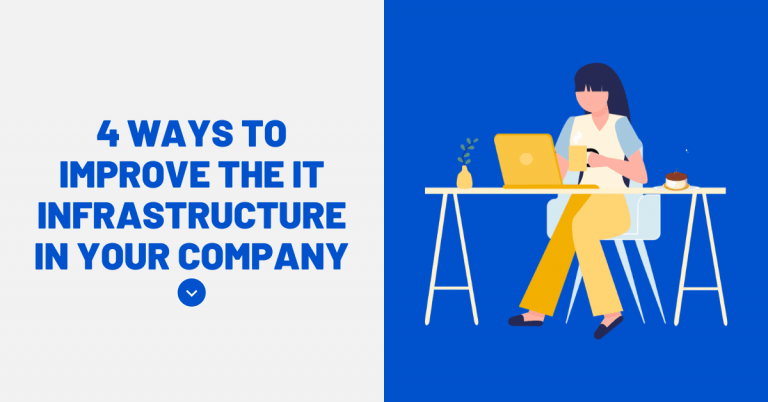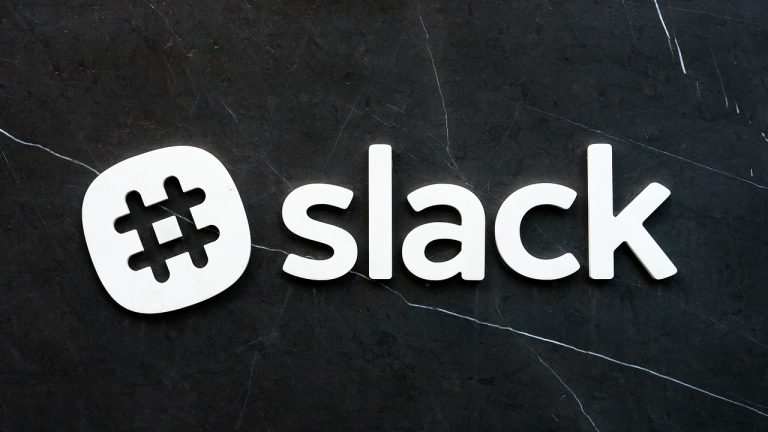In this post, I will talk about Bigo Live Algorithm tricks that increase reach.
Ever wondered why some streamers explode overnight while others barely scrape a hundred viewers after months? The difference isn’t talent—it’s knowing what Bigo’s system actually rewards. After digging through patterns and watching what separates successful broadcasters from struggling ones, here’s what actually moves the needle.
Your First Thirty Seconds Decide Everything
Most people obsess over stream length. Wrong focus. Bigo’s algorithm makes snap judgments based on viewer behavior in your opening moments. If someone clicks your stream and bounces within fifteen seconds, that’s worse than them never finding you at all. The system interprets quick exits as “low-quality content” and actively suppresses your visibility.
Your thumbnail matters more than you think. Forget generic selfies with random filters. Look at what pulls people in—strong eye contact, bright colors that pop against dark backgrounds, or action shots that show exactly what you’re doing. A music streamer holding an instrument beats a static pose every single time. Context gives people reason to click.
Write your stream title like you’re texting a friend, not filling out a form. “Acoustic Covers + Taking Song Requests” works. “Music Stream” doesn’t. Specificity converts curiosity into clicks. The algorithm notices which titles generate better click-through rates and starts showing those streams more aggressively.
The Watch Time Game Nobody Talks About
Here’s something most guides skip: Bigo’s system doesn’t just count viewers—it measures how long they actually stay. Fifteen people watching your entire two-hour stream beats three hundred people clicking in for thirty seconds. Retention percentage tells the algorithm whether your content deserves promotion.
Successful streamers structure broadcasts with intentional hooks every seven to ten minutes. That might be announcing an upcoming song, starting a new game round, or teasing something coming later in the stream. It’s not manipulation—it’s giving people reasons to stick around rather than letting energy flatline.
Opening strong matters, but sustaining momentum matters more. One trick that consistently works: acknowledge new arrivals by name while keeping your main content flowing. “Hey Sarah, welcome! We’re in the middle of this cover but I’ll take your request next” makes newcomers feel seen without boring existing viewers.
Strategic Timing Beats Random Consistency
Everyone tells you “stream consistently,” but nobody explains the timing math. Bigo’s traffic isn’t evenly distributed. Weekday evenings between 7-10 PM dominate across most regions, but here’s where it gets interesting—competition spikes during those hours too.
Try this instead: identify your target audience’s demographic and work backward. If you’re streaming cooking content aimed at working professionals, catching them at 6 PM when they’re deciding what to make for dinner beats starting at 9 PM when they’ve already eaten. Match your content timing to viewer intent, not just general traffic patterns.
Testing matters more than guessing. Stream the same content type at different times across two weeks. Bigo’s analytics will show you exactly when your retention rates peak. Once you find your sweet spot, own it completely. The algorithm rewards predictable patterns—it learns when to expect you and starts promoting your upcoming streams to people who’ve watched before.
The Multi-Guest Secret Weapon
Most streamers treat Multi-Guest mode as an optional feature. Big mistake. When you bring other broadcasters into your stream, you’re not just adding voices—you’re plugging into their entire audience network. The algorithm treats this as cross-pollination and actively pushes your stream to viewers who follow your guests.
But here’s the part everyone messes up: random collaborations with whoever’s available kill your conversion rates. Strategic partnerships with broadcasters in complementary niches—not identical ones—drive actual growth. A singer collaborating with an instrumentalist creates something viewers can’t get separately. A gamer teaming with a comedian makes entertainment that works better together.
The algorithm notices when collaborative streams generate higher retention than solo broadcasts. It starts suggesting you appear together more often, creating a growth loop that benefits everyone involved. Three focused monthly collaborations outperform twelve random ones.
Virtual Currency Changes Your Visibility
Let’s address something uncomfortable: Bigo recharge isn’t just about buying gifts. When you participate actively in the gift economy—both giving and receiving—you signal to the system that you’re invested in the platform’s ecosystem. Broadcasters who engage with virtual currency consistently see measurably better algorithmic treatment.
This doesn’t mean dumping money randomly. Strategic gifting during other streamers’ broadcasts—especially ones in your niche—puts you on their radar and their viewers’ radar. When you gift meaningfully during someone’s PK Battle, you’re not just supporting them; you’re making yourself visible to everyone watching that stream.
Running small giveaways during your own broadcasts triggers interesting algorithmic responses. The increased chat activity and sustained watch time from viewers waiting for giveaway results sends strong engagement signals. But timing matters—save giveaways for when your viewer count is already climbing to amplify the boost rather than trying to manufacture momentum from nothing.
LootBar Fixes the Recharge Headache
Here’s a frustration worth solving: running out of diamonds mid-stream or mid-collaboration kills momentum. Traditional recharge methods hit you with delays, failed transactions, or regional restrictions at the worst possible moments. Having a reliable backup matters more than most creators realize.
LootBar solves this by handling multiple payment methods and delivering instantly. When you’re planning collaborations, hosting giveaways, or participating in PK Battles, knowing your resources won’t mysteriously fail removes a major stress point. The platform’s competitive rates mean you’re not overpaying compared to official channels while getting better service reliability.
For streamers treating Bigo seriously rather than casually, having backup recharge options through services like LootBar provides the kind of operational stability that separates consistent performers from ones plagued by technical hiccups. It’s unglamorous infrastructure, but infrastructure determines who can execute strategies without interruption.
PK Battles Are Algorithmic Rocket Fuel
PK mode terrifies new streamers. The competitive format feels high-pressure, and nobody wants public defeat. But from an algorithmic perspective, PK Battles are the single fastest visibility multiplier available. During a PK, both broadcasters’ audiences see each other’s content. The algorithm treats this as earned exposure and often continues suggesting your streams to viewers you gained through PKs.
Start small. Challenge broadcasters slightly ahead of you in follower count rather than targeting major accounts. You want competitive matches where both sides have engaged audiences actively participating. A close PK Battle with high gift activity signals to the algorithm that both parties delivered quality content worth promoting.
Win or lose matters less than engagement metrics during the battle. A narrow loss with sustained viewer activity beats a blowout victory with passive watchers. The system evaluates how intensely your audience participated, not just the final score.
Profile Optimization Actually Matters
Most advice about profile setup focuses on aesthetics. Miss the point. Your profile needs to answer three questions instantly: What content do you create? When can viewers find you? Why should they care?
Start with a profile picture that communicates your niche at thumbnail size. Faces work for personality-driven content. Instruments work for musicians. Game screenshots work for streamers. Generic landscape photos work for nobody.
Your bio should pack maximum information into minimum words. “Jazz piano every Mon/Wed/Fri 8PM EST | Taking requests | Coffee-fueled improvisations” tells viewers everything they need in one sentence. Compare that to “Music lover and streamer” which tells them nothing actionable.
Refresh your photo gallery weekly with screenshots from your best recent streams. New content signals active account status to both the algorithm and potential followers browsing profiles. Stale galleries signal abandonment.
The Community Building Multiplier
The algorithm doesn’t just track numbers—it tracks relationship patterns. Viewers who return across multiple streams carry significantly more algorithmic weight than one-time visitors. Building actual community beats chasing raw viewer counts.
Create reasons for people to return beyond your content. Inside jokes, ongoing storylines, regular segments, and consistent cast of Multi-Guest collaborators all foster belonging. When viewers feel like they’re part of something rather than just watching something, they show up predictably.
That predictability is algorithmic gold. The system learns which viewers reliably watch your content and starts notifying them when you go live. Over time, this creates a compounding effect where each new stream builds on relationships from previous ones rather than starting fresh every time.
Cross-Platform Promotion Creates Algorithmic Lift
Bigo’s algorithm isn’t isolated—it pays attention to traffic sources. When viewers arrive at your stream from Instagram, TikTok, or Twitter, that external validation signals your content has value beyond Bigo’s ecosystem. The algorithm rewards this with better internal promotion.
But most cross-platform promotion fails because broadcasters just spam “I’m live!” links. Useless. Create platform-specific content that gives people reasons to care before asking them to switch apps. TikTok clips showing your best moments. Instagram Stories previewing tonight’s special guest. Twitter threads explaining what makes your next stream different.
The viewers who make that effort to migrate platforms convert into your most engaged community members. They’ve demonstrated investment by taking extra steps, and the algorithm notices their higher retention and interaction rates.
Long-Term Patterns Trump Short-Term Spikes
The hardest pill for new streamers: the algorithm values sustained patterns over viral moments. A broadcaster maintaining consistent 200-viewer streams with high retention gets better algorithmic treatment than someone spiking to 2,000 once then dropping back to 50.
Build incrementally rather than chasing virality. Each stream should aim for slightly better metrics than the last—marginally higher retention, moderately more engagement, incrementally longer watch times. These improvements compound over weeks and months.
The algorithm tracks your trajectory, not just your current stats. Broadcasters showing upward trends receive promotional boosts designed to accelerate that growth. Stagnant accounts get maintenance-level visibility. Declining accounts get suppressed.
This creates a ruthless but fair system: consistent improvement gets rewarded, coasting gets ignored, and backsliding gets punished. Understanding this helps you focus on sustainable growth rather than desperate gambits.
Making the Algorithm Work for You
None of these tricks matter in isolation. The algorithm responds to combinations—high retention paired with consistent scheduling, collaborative streams paired with strategic gifting, profile optimization paired with community building. Each element amplifies the others.
Start with whichever lever you can pull most easily. Already streaming regularly? Add strategic timing optimization. Good retention but low discovery? Implement Multi-Guest collaborations. Strong solo content? Amplify it through cross-platform promotion.
INTERESTING POSTS

























